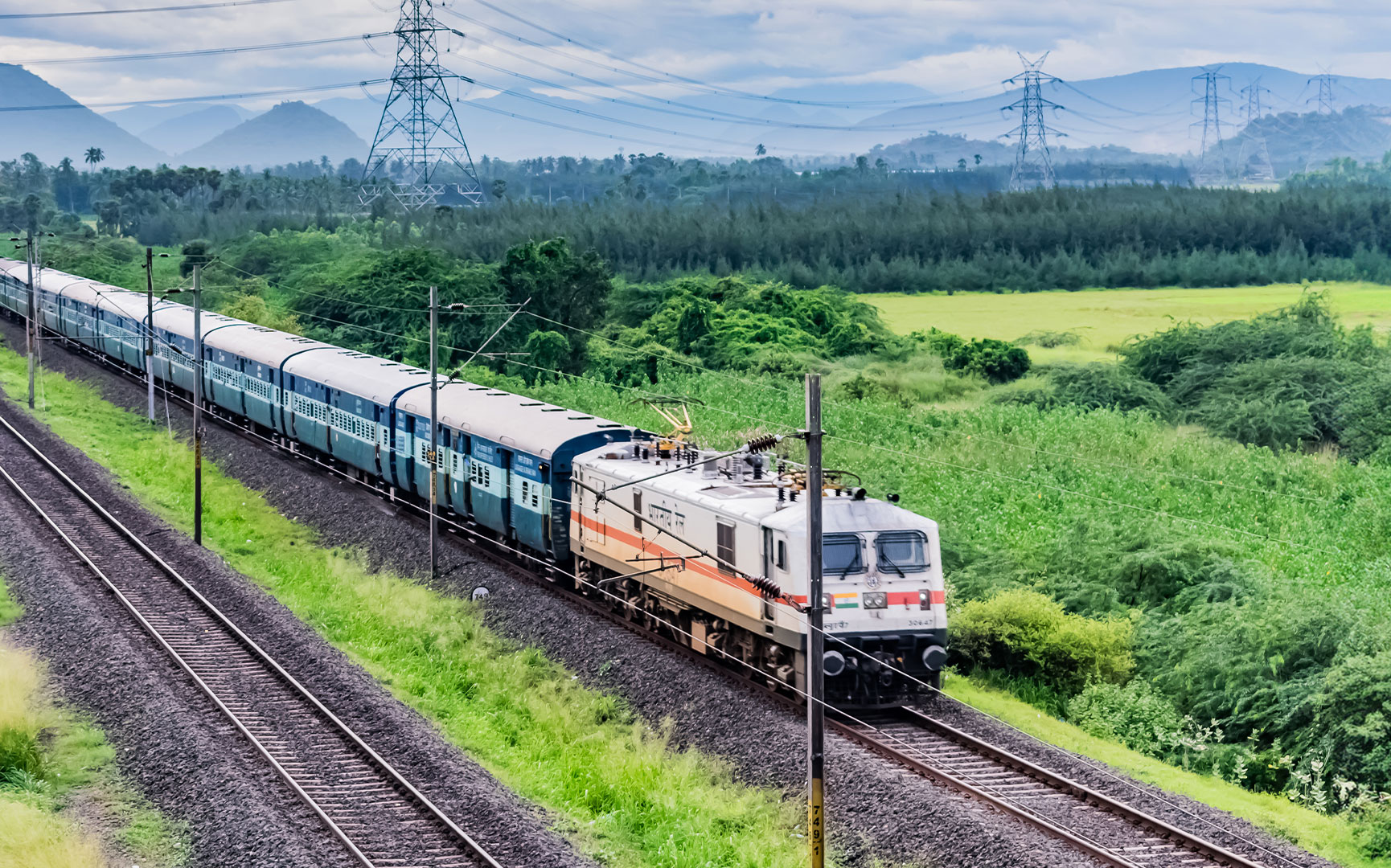Frauscher Sensor Technology has completed the divestiture to Wabtec Corporation.
Find Out MoreNotification Center

Train DetectionIndia
Increasing Availability at Adra Yard
Adra Yard belongs to the Southeastern Railway Zone of Indian Railways and is in West Bengal. Initially the yard was equipped with track circuits and there was a requirement to get them replaced with the Frauscher Advanced Counter FAdC. This project is one of Frauscher’s esteemed Indian Railway Projects with a coverage of 139 counting heads and 97 track sections.
In this project, the FAdC is placed in the Central Location as well as in three different end cabins. All four locations are connected in ring structure with redundant path of optical fibre cable for communication. Both the Frauscher Diagnostic System FDS are placed in Central Location and configured to connect to the rail network for remote diagnostic. The vital output of all track sections is in Central Location which is further connected to the Electronic Interlocking. Reset of all track sections can be carried out in Central Location.
The Frauscher Advanced Counter FAdC is highly flexible regarding design and architecture. The Wheel Sensor RSR180 was also utilised, being rated IP68 protection class (waterproof) which means it is immune to floods, moisture or water. Due to the adverse weather conditions in this area, the wheel sensor’s ability to withstand such conditions is particularly useful.
Easy and cost-effective integration
Greater cost saving due to distributed architecture and lower maintenance requirement.
Increasing availability
Greater uptime and availability due to resistance to adverse weather.
This might also interest you

Train DetectionSpain
Three-rail Castellbisbal

Data TransmissionIndia
South Central Railway

Train DetectionAustria
GKB Graz-Köflacher Bahn

Train DetectionCanada
City of Calgary Grade Crossing Upgrade
